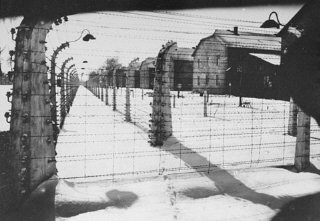- Describe how Bruno and Gretel's relationship is introduced in the chapter.
There relationship is like most siblings relations the older one tries to take much power and act older thinking the yunger is anoying whie the younger thinks the older is aboying because they act like that
- List quotes that show how the new house is described.
It was Very hollow and he decided that he better not go jumping around this house too often or it might collapse around their ears.
- It was very hollow and he decided that he better not go jumping around this house too often or it might collapse around their ears. What is the significance of this quote?
The Quote is significante becuase Bruno feels that if he does anything fun the whole house will be destroyed becasye of how lifeless it was which is completely opposite of what happened back in his old house where he would be able to do anything they want.
- What is Bruno's reaction to the new house?
His reaction is that he dosn't like it because the house is empty and univiting, boring strickt
- How does it compare to their old house?
their old house seemed inviting while this new house his univiting, the old house had people the new one dosn't the street in Berlin had people and had other houses and had vendors on the street.
- How does Gretel relate to her father?
Gretel relates to her father because she thinks very high of him becuase she thinks that he does everything for the good of them which might harm other people but dosn't care and he has power therefore she wants to have power over people like Bruno
- oes Bruno understand where they are? What makes you believe this?
No because he keeps asking stupid questions over and over again indicating that he doesn't understand even when he gets the answer
- Does Gretel understand where they are? Explain.
Meagrely because she seems to know more about where they are while Bruno has to ask about everything while Gretel seems to know more
- How is Bruno's description of 'Out-with' represent a motif? What is darkly ironic about this?
It is a motif because they keep on repeating that this house has been abandoned and/or forced out it is darkly ironic because the people where more likely killed than anything else, also because Out-with sounds like Auschwitz which is where they are.
- Read pgs 27-29. How are Bruno's and Gretel's reaction to 'the children' Bruno sees through the window different? What does this tell us about these two characters and their perception/understanding of where they are?
